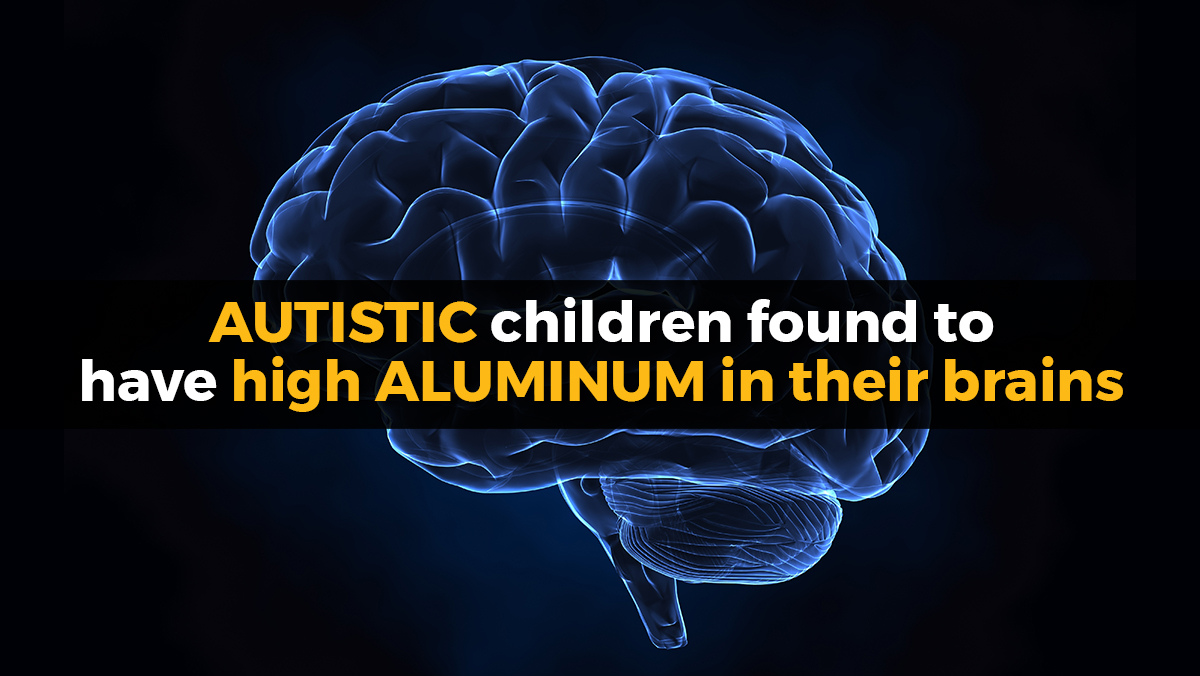The silent mouth-body connection: Early disease detectors found in oral health
07/24/2025 / By Willow Tohi

- A Japanese study links missing teeth, coated tongues and poor oral function to diabetes, heart disease and kidney issues before lab tests detect them.
- Oral bacteria and inflammation from gum disease travel via the bloodstream, contributing to chronic illnesses.
- Daily tongue exercises, oil pulling and nutrient-rich diets can mitigate risks.
- Modern healthcare’s dental-medical divide delays diagnosis, underscoring the need for integrated care.
- Holistic approaches—combining oral hygiene, nutrition and toxicity awareness—are critical for systemic health.
For decades, healthcare professionals have recognized the connection between oral health and systemic well-being. A groundbreaking Japanese study now reveals how oral symptoms like missing teeth, coated tongues and reduced chewing capacity may signal chronic illnesses years before blood tests—improving early intervention for diabetes, heart disease and kidney issues. Published in July 2025, the research followed 118 adults over 50, finding that those with deteriorating oral health often faced systemic risks before traditional diagnostics. As Dr. Mitsuyoshi Yoshida of Fujita Health University succinctly stated, “Maintaining good oral health is the first step in maintaining overall health.”
Oral health disparities are stark: roughly half of U.S. adults have periodontitis, rising to 70% in those over 65. These figures underscore the urgency of understanding how the mouth mirrors—and drives—whole-body health.
The science behind the oral-body link
The mouth harbors over 700 bacterial species, with harmful microbes crossing inflamed gums into the bloodstream. This microbial invasion triggers chronic inflammation, a root cause of diabetes, heart disease and kidney dysfunction. For instance:
- High blood sugar weakens gum tissue, allowing pathogens to thrive, while tooth loss limits healthy nutrient intake.
- High cholesterol correlates with tongue coating, while kidney disease shares links with oral inflammation and reduced bone density.
- Tongue function is a silent sentinel: poor coordination increases bacterial swallowing, disrupting gut health and reactivating systemic inflammation.
Historically, gum disease was seen as a localized issue, but recent studies show its inflammatory impact extends to organs, a connection first noted in the 1990s linking periodontitis to cardiovascular risks. Researchers stress that oral neglect accelerates diabetes progression, as high glucose levels feed oral bacteria while elevated blood sugar exacerbates gum infection—a vicious cycle.
Proactive strategies for holistic health
Prevention begins with daily oral care, but it requires more than brushing and flossing:
- Tongue stewardship: Exercise the tongue daily (e.g., pressing it against the roof of the mouth for tension; scraping it morning and night) to strengthen muscles and reduce bacterial buildup.
- Dietary tweaks: Emphasize fibrous vegetables, lean proteins and fermented foods like kefir. Avoid sugar to curb plaque and grain-based diets, which fuel inflammation.
- Natural remedies: Oil pulling with coconut oil reduces pathogens, while vitamin D and K2 support gum and bone health. Magnesium and omega-3s counteract inflammation.
- Saliva support: Stay hydrated—water flushes bacteria—while avoiding drying medications (e.g., antihistamines) and stimulants (coffee).
Chronic dry mouth, prevalent in diabetics and on medications, demands urgent action: See a dentist immediately, as saliva shortages increase cavity risk by 50%.
Bridging the divide between dental and medical care
The Japanese study highlights a critical systemic flaw: dentists rarely assess chronic disease risks, while medical professionals often overlook oral health. Dr. Yoshida notes that collaborative screening—integrating oral motor function tests into routine checkups—could catch at-risk patients earlier.
Yet solutions remain fragmented. Safe dental materials (e.g., mercury-free fillings) and toxin management practices are niche, often absent from traditional training. Patients are advised to seek holistic practitioners specializing in oral-systemic connections, though access remains unequal outside urban centers.
A call for integrated wellness revolution
As researchers press for longitudinal studies to clarify causal ties between oral and systemic health, the onus falls on individuals to prioritize prevention. “The mouth is a mirror,” Yoshida says, urging patients to “act now.” The future of healthcare may depend on bridging dental and medical silos, ensuring that a healthy smile becomes the cornerstone of long-term vitality.
For millions, oral hygiene isn’t just about aesthetics—it’s the first line of defense against a lifetime of preventable suffering.
Sources for this article include:
Submit a correction >>
Tagged Under:
Censored Science, cholesterol, dentistry, diabetes, heart disease, heart health, longevity, natural health, oral function, oral health, prevention, tongue
This article may contain statements that reflect the opinion of the author





















